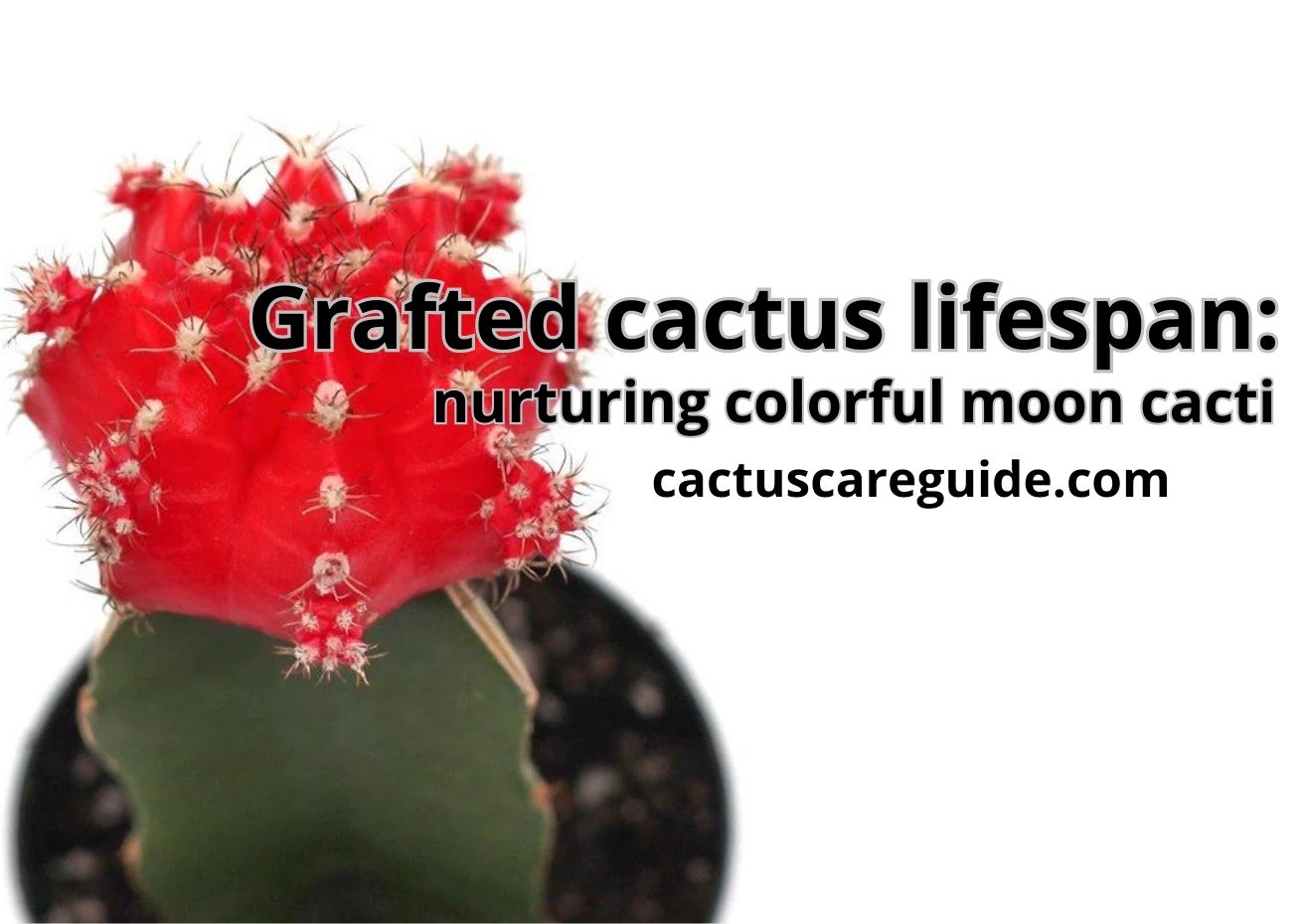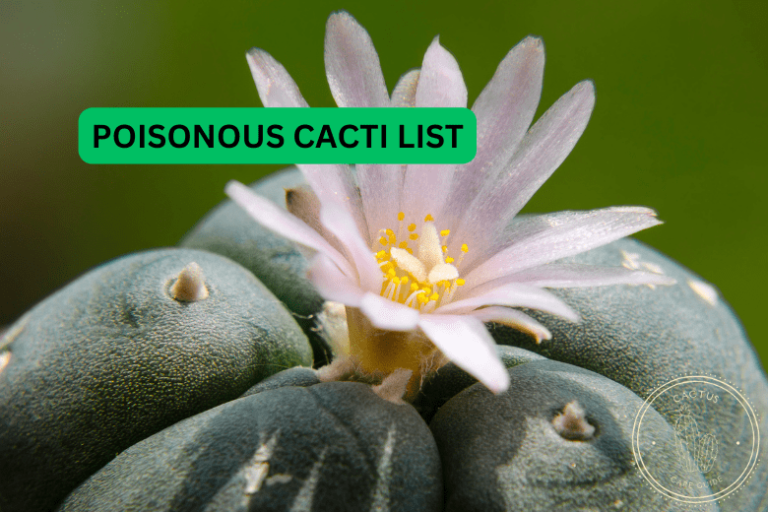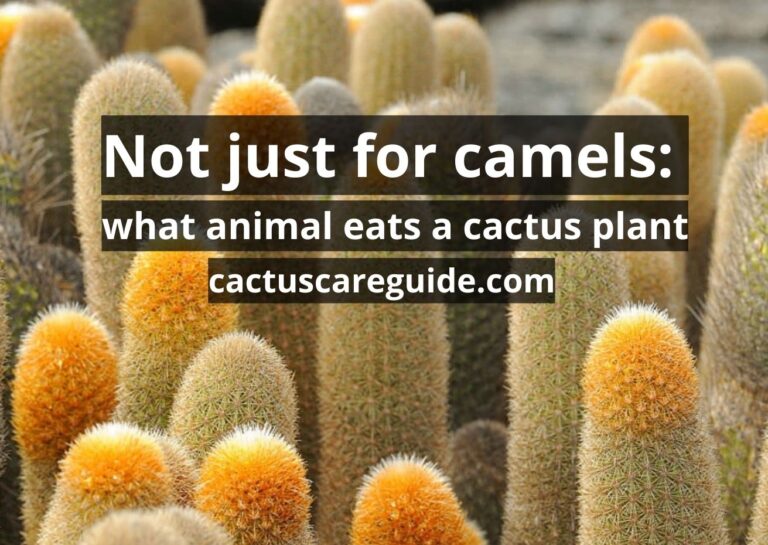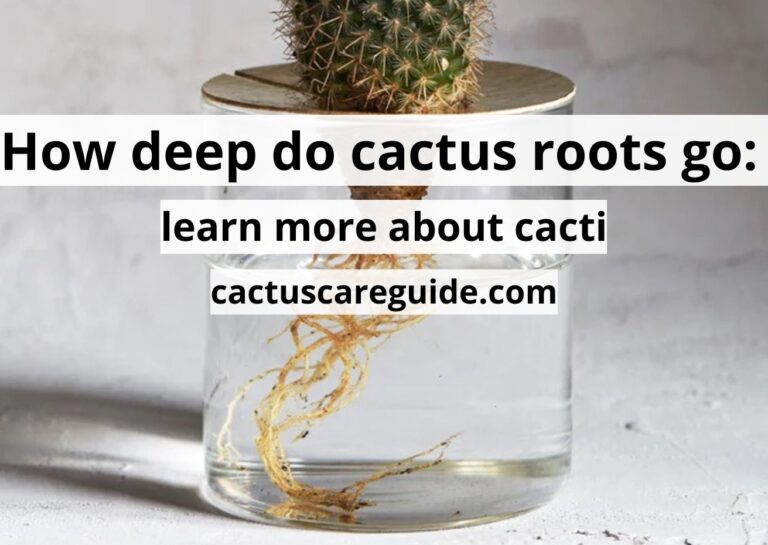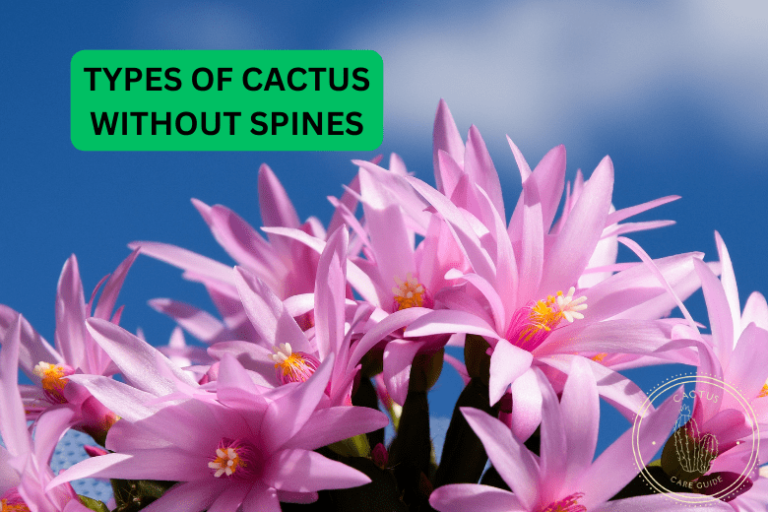Grafted Cactus Lifespan: Nurturing Colorful Moon Cacti
What is the Grafted cactus lifespan? Cacti that have been grafted, known for their captivating fusion of different species of cactus, have enticed plant enthusiasts with their unique charm and vibrant appearance.
Among these grafted wonders, the colorful moon cactus (Gymnocalycium mihanovichii), with its striking ruby ball cactus atop, stands out as a testament to nature’s creativity. The allure of these vividly hued plants has led to their popularity as indoor ornamental wonders.
Delving into the realm of moon cacti, this exploration will unravel the intricacies of their lifespan, care, and the journey to keep these colorful ball cacti thriving.
A symphony of two: the grafting process
Grafting, an ancient technique that melds different cactus varieties, infuses unique attributes into a single plant.
This intricate process involves joining a “scion” (the upper cactus) and a “rootstock” (the lower cactus) through surgical precision. As the union occurs, the two cacti harmonize their strengths, yielding remarkable results.
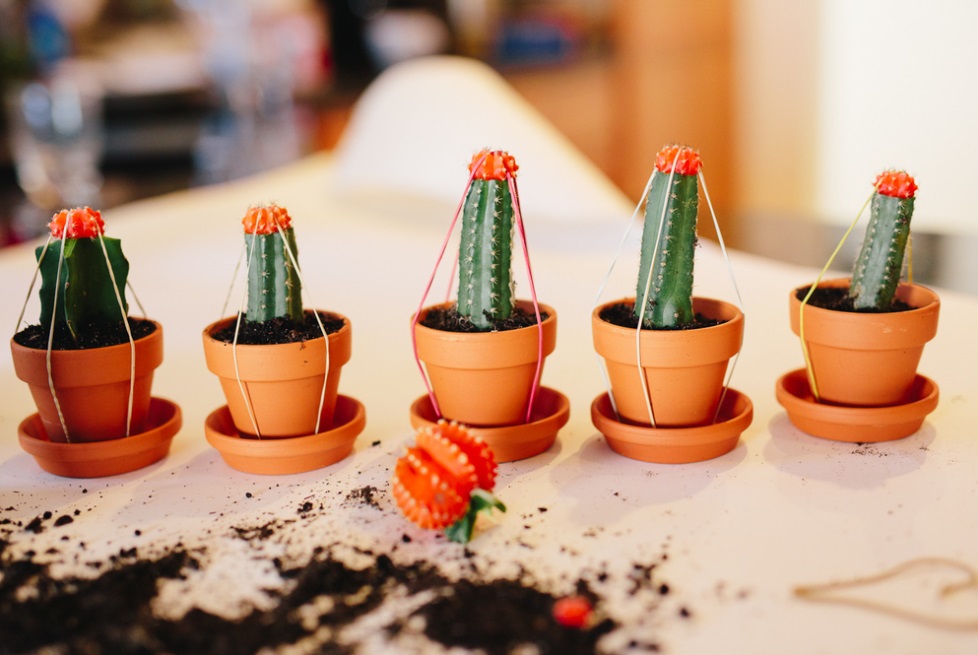
Factors influencing the lifespan of a grafted cactus
Hybrid vigor: The fusion of different species of cactus in a grafted cactus often results in hybrid vigor, where the combined traits enhance the plant’s overall health and robustness. This vitality can contribute to a longer lifespan compared to their non-grafted counterparts.
Rootstock selection: The rootstock, or base cactus, onto which the scion (upper cactus portion) is grafted, plays a pivotal role in determining the grafted cactus’s lifespan.
A compatible rootstock-scion combination can lead to improved nutrient uptake and stress resistance.
Scion compatibility: Choosing scion cacti that are genetically compatible can contribute to the grafted cactus’s ability to thrive. Compatibility ensures better growth integration and can potentially extend the plant’s lifespan.
Environmental conditions: The environment in which transplanted cacti are cultivated significantly influences their lifespan.
Factors such as light exposure, temperature, humidity, and airflow play vital roles in determining whether a grafted cactus will flourish or falter.
Care practices: Proper care practices are essential for maximizing the lifespan of transplanted cacti. This includes balanced watering, appropriate fertilization, pest control, and regular monitoring.
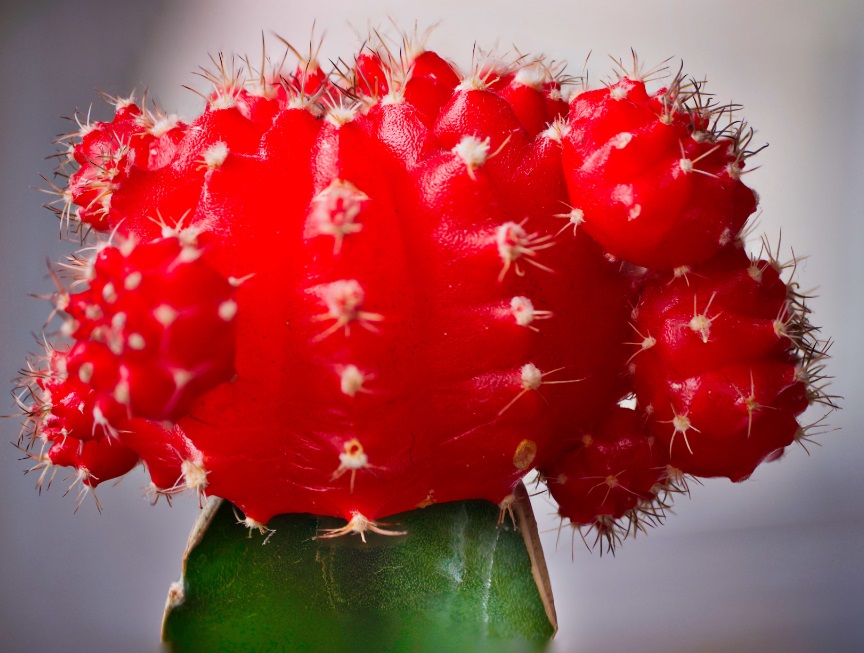
Understanding lifespan variation
Species diversity: The lifespan of transplanted cacti varies widely due to the diverse range of species of cactus that can be grafted together.
Some species inherently have longer lifespans, which can influence the overall longevity of the grafted plant.
Growth rate: The growth rate of transplanted cacti can impact their lifespan. Faster-growing varieties might have shorter lifespans, while slower-growing ones can live longer. The balance between growth rate and overall health is crucial.
Propagation methods: Transplanted cacti can be propagated through various methods, such as cuttings or seeds.
The propagation method can influence the initial health of the grafted cactus, which subsequently affects its potential lifespan.
Challenges to grafted cactus longevity
Graft compatibility issues: Incompatibility between the rootstock and scion can lead to graft failure and ultimately impact the grafted cactus’s lifespan.
Poor integration between the two components can hinder nutrient exchange and weaken the plant’s overall health.
Pathogens and diseases: Like all plants, transplanted cacti are susceptible to diseases and pathogens that can compromise their health and shorten their lifespan. Regular monitoring and prompt treatment are crucial to mitigating these threats.
Environmental stressors: Unfavorable environmental conditions, such as extreme temperatures, incorrect lighting, or inadequate airflow, can subject transplanted cacti to stress.
Prolonged stress weakens the plant and reduces its potential lifespan.
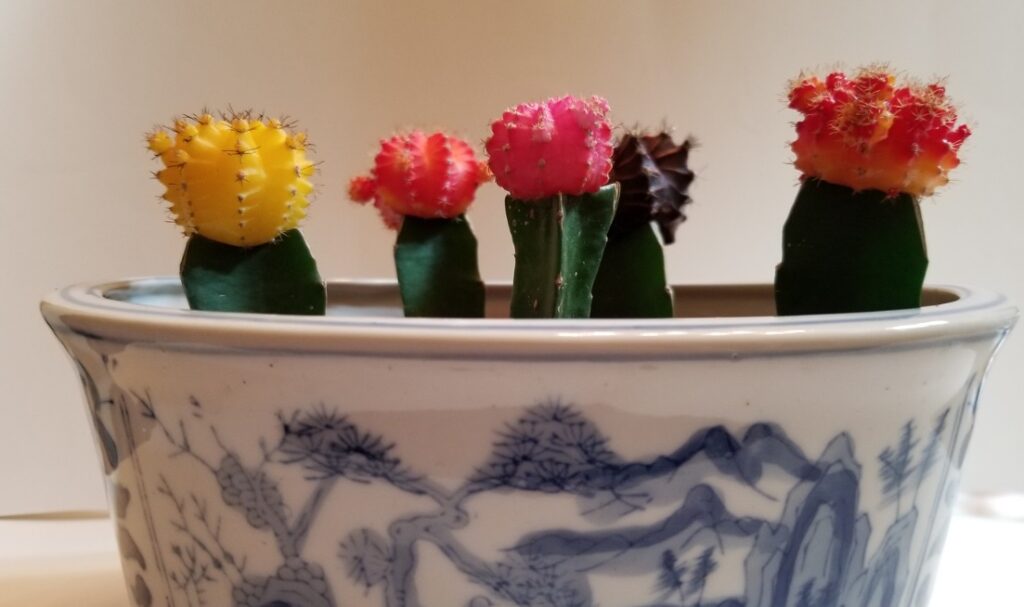
Cultivation tips for prolonging lifespan
Choosing appropriate species: Selecting cactus species with naturally longer lifespans can lay the foundation for an extended lifespan of grafted cactus.
Researching the lifespans of individual species can guide your choices.
Optimal grafting techniques: Ensuring that the grafting process is performed meticulously and with proper techniques is vital. A successful graft leads to a healthier and potentially longer-lived grafted cactus.
Providing adequate light: Appropriate light exposure is crucial for transplanted cacti. Understanding the light requirements of both the rootstock and scion and providing adequate illumination can contribute to a prolonged lifespan.
Balanced watering: Overwatering or underwatering can harm transplanted cacti. Striking a balance in watering practices, considering the needs of both rootstock and scion, is essential for their well-being.
Signs of a thriving grafted cactus
Healthy growth: A thriving grafted cactus exhibits steady and healthy growth. This includes the development of new segments, leaves, or branches, indicating that the plant is receiving adequate nutrients and care.
Flowering and fruit production: Some transplanted cacti can produce flowers and fruits under the right conditions. The emergence of blossoms and subsequent fruiting is a positive indicator of the plant’s overall health and well-being.
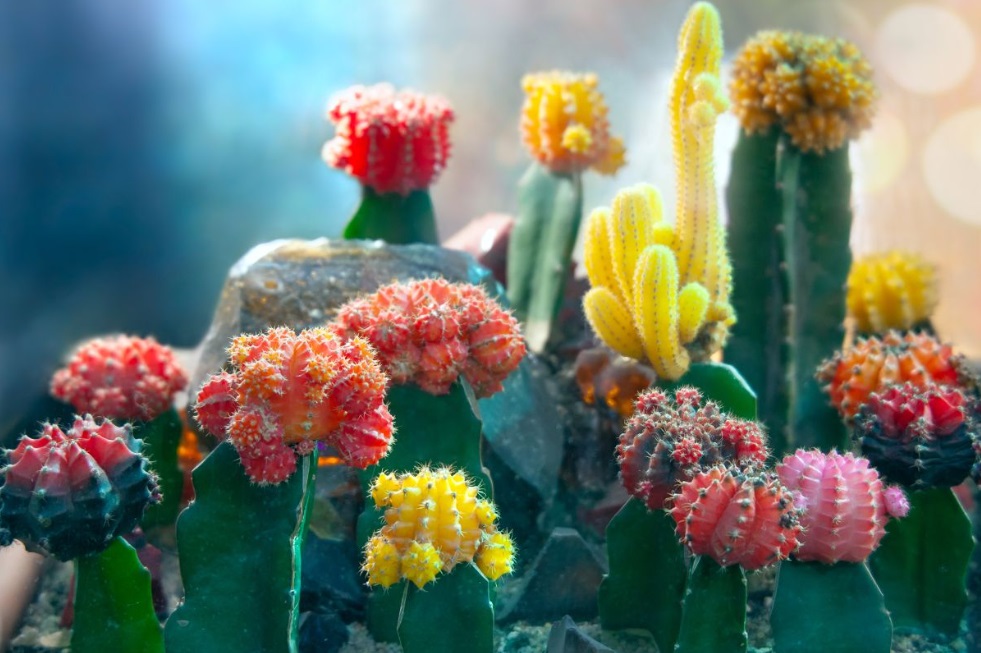
Embracing change: lifespan and beyond
Acceptance of natural lifecycles: Every living organism follows a natural lifecycle, and transplanted cacti are no exception.
Understanding that lifespan can be variable and embracing the beauty of every stage in the plant’s life can enrich the gardening experience.
Propagation for continuity: To ensure the continuation of the grafted cactus’s legacy, propagation methods such as taking cuttings and grafting anew can be employed. This perpetuates the unique characteristics of the grafted plant.
The colorful moon cactus: a grafted marvel
Grafting for vibrancy: The colorful moon cactus or Ruby Ball Cactus plant, scientifically known as Gymnocalycium mihanovichii, exemplifies the art of grafting.
Grafted onto a compatible rootstock, such as a Hylocereus species, the moon cactus’s vibrant ruby ball cactus creates a mesmerizing sight. This union not only adds a burst of color but also intertwines the unique attributes of two cacti.
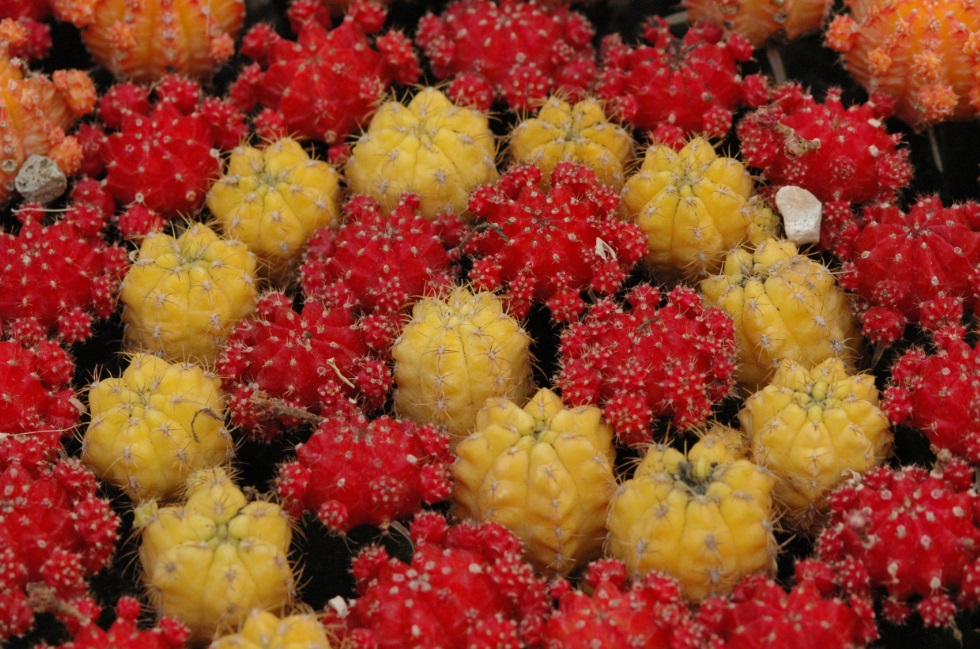
Nurturing the moon cactus: indoor elegance
Life in captivity: The moon cactus (Gymnocalycium mihanovichii), like its grafted counterparts, can thrive as an indoor plant, gracing living spaces with its radiant presence. Moon cactus life span, which varies depending on several factors, reflects the careful interplay of attentive care and ideal environmental conditions.
Cultivation essentials: To keep a moon cactus alive and thriving, several key factors must be considered. Providing bright indirect light mimics the natural habitat where the moon cactus live – South America, ensuring it receives the illumination it craves without the harshness of direct sunlight.
The moon cactus (Ruby Ball Cactus) plant thrives in a well-draining cactus potting mix, safeguarding it from the dreaded root rot that can plague houseplant cacti.
Balancing act: Balanced watering is paramount for moon cacti. Overwatering moon cactus plants can lead to root rot, while underwatering can stifle growth. Striking the perfect balance ensures that the moon cactus flourishes.
A well-formulated cactus fertilizer, applied during the growing season, provides essential nutrients for sustained vitality.
Moon cactus: a journey through time
Early stages of life: The life span of a moon cactus plant is marked by distinct stages. In youth, moon cactus displays rapid growth, often producing adorable small cacti that soon form the iconic colorful ball cactus at its apex.
This phase is a testament to the resilience and vitality of the moon cactus plants.
Maturation and flowering: As the moon cactus (Gymnocalycium mihanovichii) matures, its vibrant hues become even more pronounced. A highlight of this stage is the emergence of the brightly colored moon cactus flower, adorning the top of the ruby ball cactus.
This star-flowered cactus spectacle is a celebration of the journey to adulthood of the moon cactus plant.
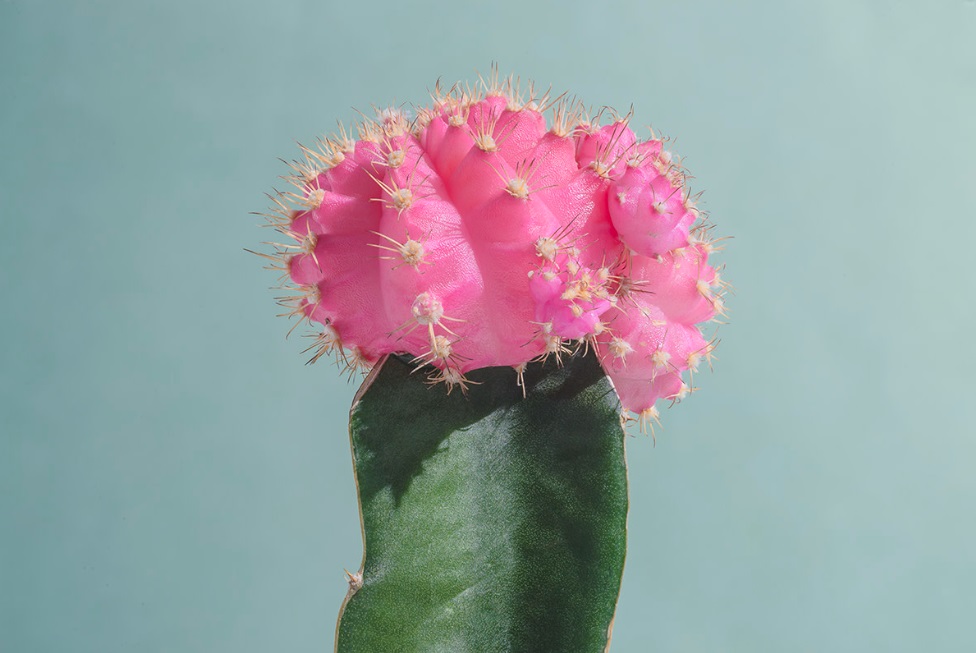
Moon cactus care guide: a path to longevity
Indoor plants: The moon cactus indoors is a perfect solution for moon cacti. Placing moon cactus plants near windows that receive bright light or in areas with partial shade ensures that the moon cactus receives the optimal illumination needed for healthy growth.
Maintaining stable temperatures and avoiding sudden fluctuations further prolong the moon cactus life span.
Graft health: Regular inspection for signs of graft health is crucial for moon cactus. Ensuring that the graft connection remains robust and free from infections or weaknesses enhances the longevity of the moon cactus.
Choosing the right spot: When considering the placement of a moon cactus indoors, it’s essential to find a spot that receives bright indirect light.
Placing a moon cactus near a south- or west-facing window ensures it soaks in the light it needs without being exposed to direct sunlight that can scorch the delicate features of the moon cactus.
Why is my moon cactus dying? If the vibrant top area begins to turn brown around the edges, you should change your watering schedule or move the plant away from direct sunlight or bright light.
Potting/ soil moon cactus:Creating a suitable home for a moon cactus involves selecting the right potting mix. A well-draining cactus mix, enriched with perlite or sand, replicates the fast-draining soil of the natural habitat of the moon cactus.
Planting a moon cactus in a pot with drainage holes prevents water accumulation and helps prevent root rot, a common concern for colorful cacti.
There is no need to purchase additional cactus fertilizer if you are using a typical cactus potting mix because the potting soil should include all the nutrients essential for optimum growth and development.
Watering wisely: The moon cactus (Gymnocalycium mihanovichii), like all cacti, despises overwatering. A light touch is crucial.
Water the moon cactus thoroughly but allow the soil to dry out completely between waterings. This practice prevents the roots of the moon cactus plants from sitting in damp soil, which can lead to rot.
Temperature and humidity: Moderate temperatures suit the moon cactus best. The moon cactus live in the range of 65-80°F (18-27°C) during the growing season and can tolerate slightly cooler temperatures in the dormant winter months. Humidity isn’t a major concern, as the moon cactus is adapted to arid conditions.
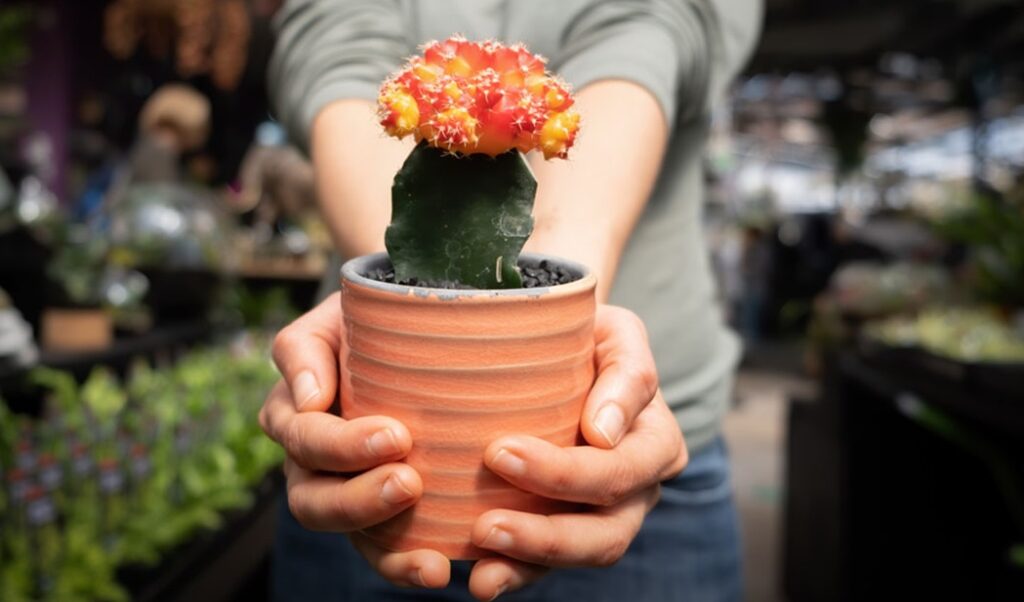
The great outdoors: moon cactus beyond the indoors
Moon cactus outdoors: While moon cacti thrive indoors, they can also be introduced to outdoor settings under specific conditions.
However, these environments require careful consideration. The moon cactus outdoors must be shielded from direct sunlight and extreme weather conditions that can stress the moon cactus. It should stay in partial shade.
Transitional care: Transitioning a moon cactus (Gymnocalycium mihanovichii) from indoors to outdoors, or vice versa, demands gradual acclimatization.
Gradually exposing the moon cactus to increased sunlight and adjusting its watering routine prevents shock and ensures a smooth adaptation.
Grafting: the moon cactus phenomenon
Understanding grafting: The iconic appearance of the moon cactus is a result of grafting, a horticultural technique that joins different plants together.
In the case of moon cacti, a colorful Gymnocalycium mihanovichii scion is grafted onto a compatible rootstock, often from the Hylocereus genus. This combination not only creates an arresting visual display but also enhances the resilience of the moon cactus.
Intricacies of grafting: The grafting process demands precision. The rootstock provides the moon cactus with a sturdy foundation, while the scion contributes to the vivid colors and unique characteristics of the moon cactus and the brightly colored cactus flower.
Ensuring a secure graft connection is vital for the long-term health of the moon cactus.
Moon cactus life span: a journey through phases
Early growth: A moon cactus begins its life as a small, vibrant ball of color, captivating observers with its unique appearance.
During this phase, the moon cactus undergoes rapid growth. The moon cactus has the potential to produce offsets or “pups” around its base.
Maturing and thriving: As the moon cactus matures, its dazzling hues continue to shine, creating a striking contrast against its surroundings.
With proper care and attention to its needs, the moon cactus can thrive and maintain its vibrant allure for several years.
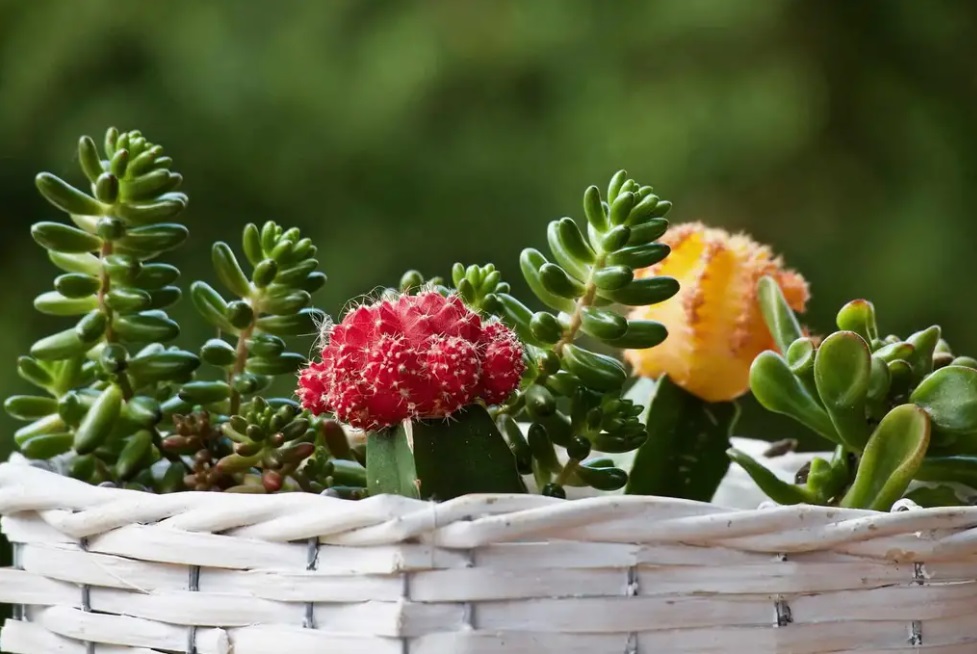
FAQ
Let’s learn more on grafted cactus lifespan. Here are the answers on frequently asked questions.
Do grafted cacti live long?
A small cactus that has been grafted can have varying lifespans depending on several factors. The fusion of different cactus species in a grafted cactus can result in enhanced vitality and resilience, potentially contributing to a longer lifespan compared to colorful cacti that haven’t been grafted.
However, the specific lifespan of a grafted cactus can be influenced by factors such as the compatibility of the rootstock and scion, care practices, environmental conditions, and potential challenges like disease or pests.
How long do grafted cacti last?
The longevity of grafted cactus can vary widely. Some grafted cactus may live for several years, while others might thrive for decades under optimal conditions.
The lifespan can also be influenced by the species of cacti that are grafted together. Certain small cactus species naturally have longer lifespans, which can contribute to an extended lifespan for the grafted plant. Reasons for the moon cactus dying can be different.
Additionally, the care provided, including proper watering, light exposure, and protection from stressors, plays a crucial role in determining how long a grafted cactus will last.
How big do grafted cacti get?
The size that a grafted cactus can reach depends on several factors, including the specific species of cacti involved and the growth patterns of those species.
When grafted, the size of the scion (upper cactus portion) and rootstock (base cactus) can impact the overall growth potential. Some cacti that have been grafted might remain relatively small throughout their lives, while others could grow larger if the chosen species have a tendency to reach significant sizes.
Regular pruning or trimming may also be employed to maintain the desired size and shape of cactus that have been grafted.
Conclusion
The lifespan of transplanted cacti is a tale of fusion, resilience, and the intricate dance of nature.
The captivating world of grafted plants unveils a mesmerizing creation in the form of the bright-coloured moon cactus (Gymnocalycium mihanovichii). With its stunning ruby ball cactus atop, this indoor gem enchants with the vibrant hues and unique charm of the moon cactus plant.
The journey of nurturing a moon cactus involves understanding its life stages, mastering its care requirements, and potentially introducing it to outdoor havens with caution. Through balanced nourishment and a touch of horticultural finesse, the moon cactus thrives, embracing its role as a symbol of enduring beauty in the realm of ornamental plants.
Read Also: What Do Cactus Roots Look Like?

Greetings, dear succulent lovers! I’m Jennifer West and I’m happy to share with you practical tips and guides on growing and caring for succulents, as well as all the magical facts about these unique plants. Grateful to have you on this green journey with me! Check out more about our team here.

